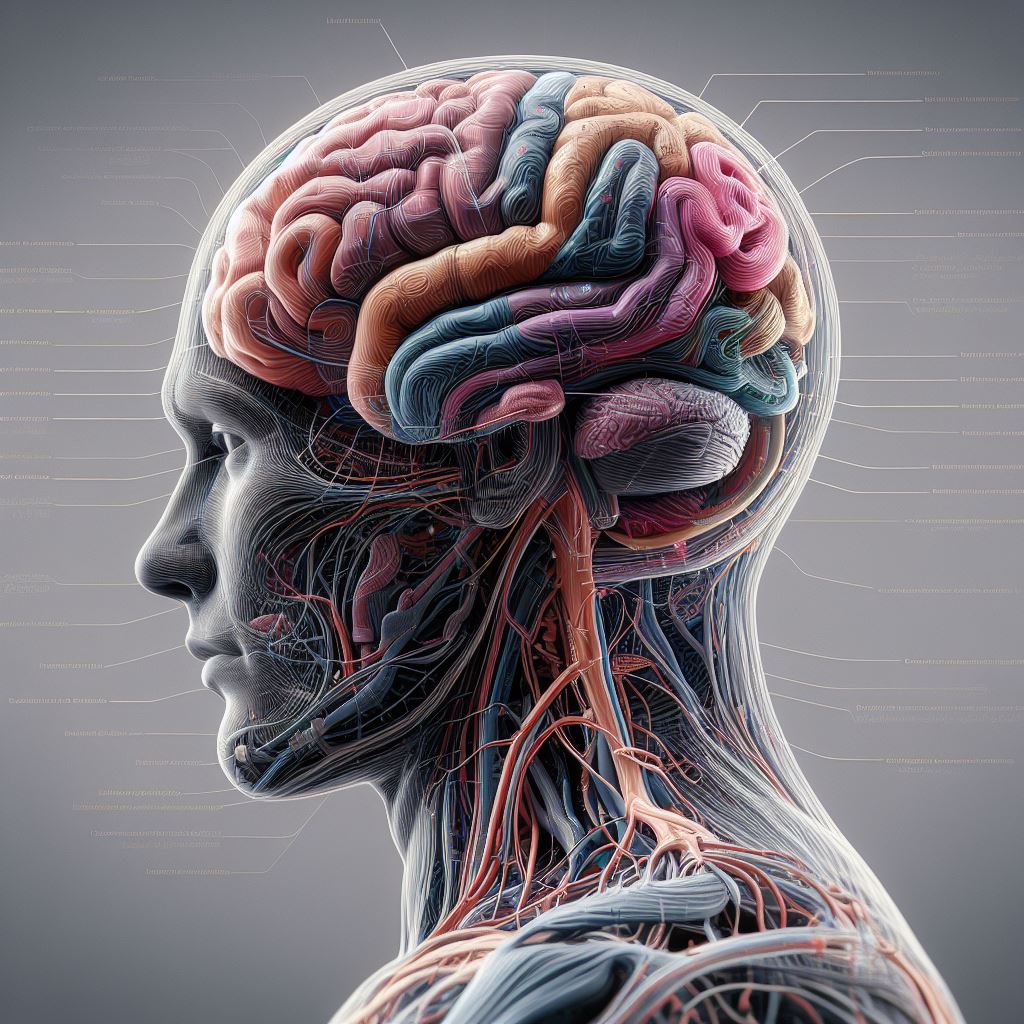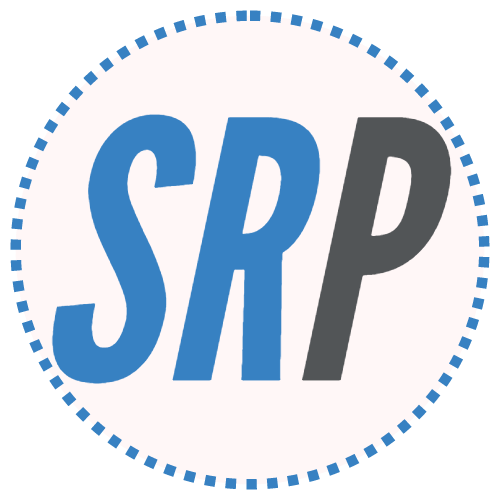There is a true placebo effect. The greatest double-blind randomized clinical studies scientists have developed for various illnesses and ailments, most notably pain, have demonstrated this for decades, as have real-world observations. However, the mechanism and rationale for the placebo effect are still unknown. Recently, a crucial component of the placebo effect problem has been uncovered by neuroscientists.
Their findings were published in the journal Nature.
Along with collaborators from Stanford, the Howard Hughes Medical Institute, and the Allen Institute for Brain Science, researchers at the University of North Carolina School of Medicine have identified a pain control pathway that connects the cerebellum in the back of the brain to the cingulate cortex in the front of the brain via the pons region of the brainstem.
The researchers then demonstrated that specific neurons and synapses along this pathway are highly activated when mice expect and experience pain relief, even in the absence of medication. Greg Scherrer, PharmD, PhD, is an associate professor in the UNC Department of Cell Biology and Physiology, the UNC Neuroscience Centre, and the UNC Department of Pharmacology.
That neurons in our cerebral cortex communicate with the pons and cerebellum to adjust pain thresholds based on our expectations is both completely unexpected, given our previous understanding of the pain circuitry, and incredibly exciting,
Our results do open the possibility of activating this pathway through other therapeutic means, such as drugs or neurostimulation methods to treat pain.
Greg Scherrer, PharmD, PhD
According to Scherrer and associates, the findings offer a fresh perspective on delving into the neural circuits that underlie various mind-body phenomena and placebo effects apart from those associated with pain.
Placebo Dilemma
When faced with suffering, it is human nature to desire relief. Because of this, along with thousands of years of evolution, our brains can look for methods to make us feel better. It releases quantifiable amounts of chemicals. It has been demonstrated that some patients benefit from prayer and positive thinking. Furthermore, the placebo effect of feeling better despite receiving no “real” treatment has been a very genuine phenomenon for many years.
The placebo effect is frequently observed in what is known as the “sham” treatment group in clinical studies. In other words, members of this group are given a fictitious medication or intervention that is meant to be inactive; the control group is not meant to experience any benefits. Some people notice a noticeable improvement in their symptoms since the brain is so strong and people want to feel well so badly. Some people believe they received a genuine therapy intended to heal them because the placebo effect may be so potent.
It’s even believed that a small number of people in the “real” therapy group benefit from the placebo effect. This is one of the main causes of the great difficulty and need for volunteers in clinical research on therapeutics so that scientists can distinguish real treatment benefits from fakes. Comprehending the inner workings of the brain of an individual undergoing the placebo effect is a first step towards assisting scientists in this endeavour.
The authors of the Nature paper were aware that human brain imaging studies, which demonstrated activity in specific brain regions, were the source of the scientific community’s understanding of the biological basis of pain relief through placebo analgesia, or the situation in which patients feel better just by expecting that their pain will be relieved. The imaging investigations lacked sufficient accuracy to demonstrate the true nature of the processes occurring in specific brain areas. To discover more about what was occurring in those areas in more depth and with the accuracy of a single nerve cell, Scherrer’s team devised a series of laborious, complementary, and precise studies.
Initially, the scientists developed an experiment that instils in mice the anticipation of pain alleviation, followed by a genuine placebo effect. Subsequently, the researchers investigated the workings of the anterior cingulate cortex (ACC), which was previously linked to the pain placebo effect, using a variety of experimental techniques. The researchers employed genetic tagging of ACC neurones, calcium imaging in neurones of freely behaving mice, single-cell RNA sequencing methods, electrophysiological recordings, and optogenetics the manipulation of cells using light and fluorescent-tagged genes while the mice were experiencing the effect.
Through these trials, the complex neurobiology underlying the placebo effect which involves brain circuits, neurones, and synapses throughout the whole brain was made visible and studied.
Researchers discovered that the pontine nucleus, which had no known role in pain or pain relief, received signals from the rostral anterior cingulate cortex neurones in mice when they anticipated pain alleviation. And they discovered that signals along this route were enhanced by the prospect of pain alleviation.
There is an extraordinary abundance of opioid receptors here, supporting a role in pain modulation,
When we inhibited activity in this pathway, we realized we were disrupting placebo analgesia and decreasing pain thresholds. And then, in the absence of placebo conditioning, when we activated this pathway, we caused pain relief.
Greg Scherrer, PharmD, PhD
Finally, the researchers discovered that during pain relief anticipation, Purkinje cells, a unique type of big branch-like cerebellar cells, exhibited activity patterns like those of the ACC neurones. The cerebellum’s function in modulating cognitive discomfort is supported by molecular data, according to Scherrer and lead author Chong Chen, MD, PhD, a postdoctoral research associate in the Scherrer group.
Also, Read| Genetic diagnostics identifies 34 new genetic diseases
We all know we need better ways to treat chronic pain, particularly treatments without harmful side effects and addictive properties,
We think our findings open the door to targeting this novel neural pain pathway to treat people in a different but potentially more effective way.
Greg Scherrer, PharmD, PhD
Source: UNC School of Medicine – Newsroom
Journal Reference: Chen, Chong, et al. “Neural Circuit Basis of Placebo Pain Relief.” Nature, 2024, pp. 1-3, DOI: https://doi.org/10.1038/s41586-024-07816-z.
Last Modified:







